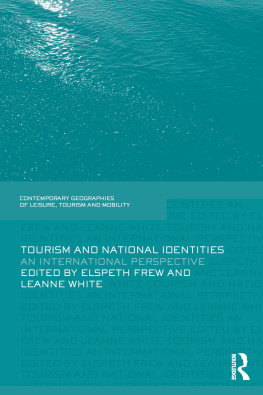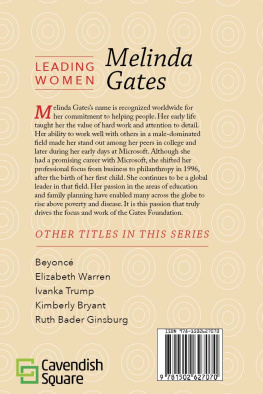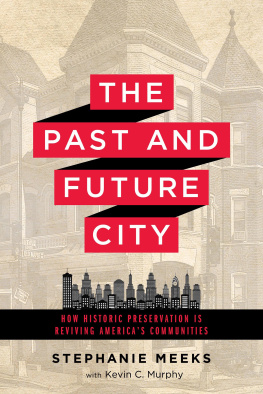Garvert Melinda - Springfield
Here you can read online Garvert Melinda - Springfield full text of the book (entire story) in english for free. Download pdf and epub, get meaning, cover and reviews about this ebook. City: Illinois;Springfield;Springfield (Ill, year: 2017, publisher: Arcadia Publishing Inc., genre: Romance novel. Description of the work, (preface) as well as reviews are available. Best literature library LitArk.com created for fans of good reading and offers a wide selection of genres:
Romance novel
Science fiction
Adventure
Detective
Science
History
Home and family
Prose
Art
Politics
Computer
Non-fiction
Religion
Business
Children
Humor
Choose a favorite category and find really read worthwhile books. Enjoy immersion in the world of imagination, feel the emotions of the characters or learn something new for yourself, make an fascinating discovery.

- Book:Springfield
- Author:
- Publisher:Arcadia Publishing Inc.
- Genre:
- Year:2017
- City:Illinois;Springfield;Springfield (Ill
- Rating:5 / 5
- Favourites:Add to favourites
- Your mark:
- 100
- 1
- 2
- 3
- 4
- 5
Springfield: summary, description and annotation
We offer to read an annotation, description, summary or preface (depends on what the author of the book "Springfield" wrote himself). If you haven't found the necessary information about the book — write in the comments, we will try to find it.
Springfield — read online for free the complete book (whole text) full work
Below is the text of the book, divided by pages. System saving the place of the last page read, allows you to conveniently read the book "Springfield" online for free, without having to search again every time where you left off. Put a bookmark, and you can go to the page where you finished reading at any time.
Font size:
Interval:
Bookmark:
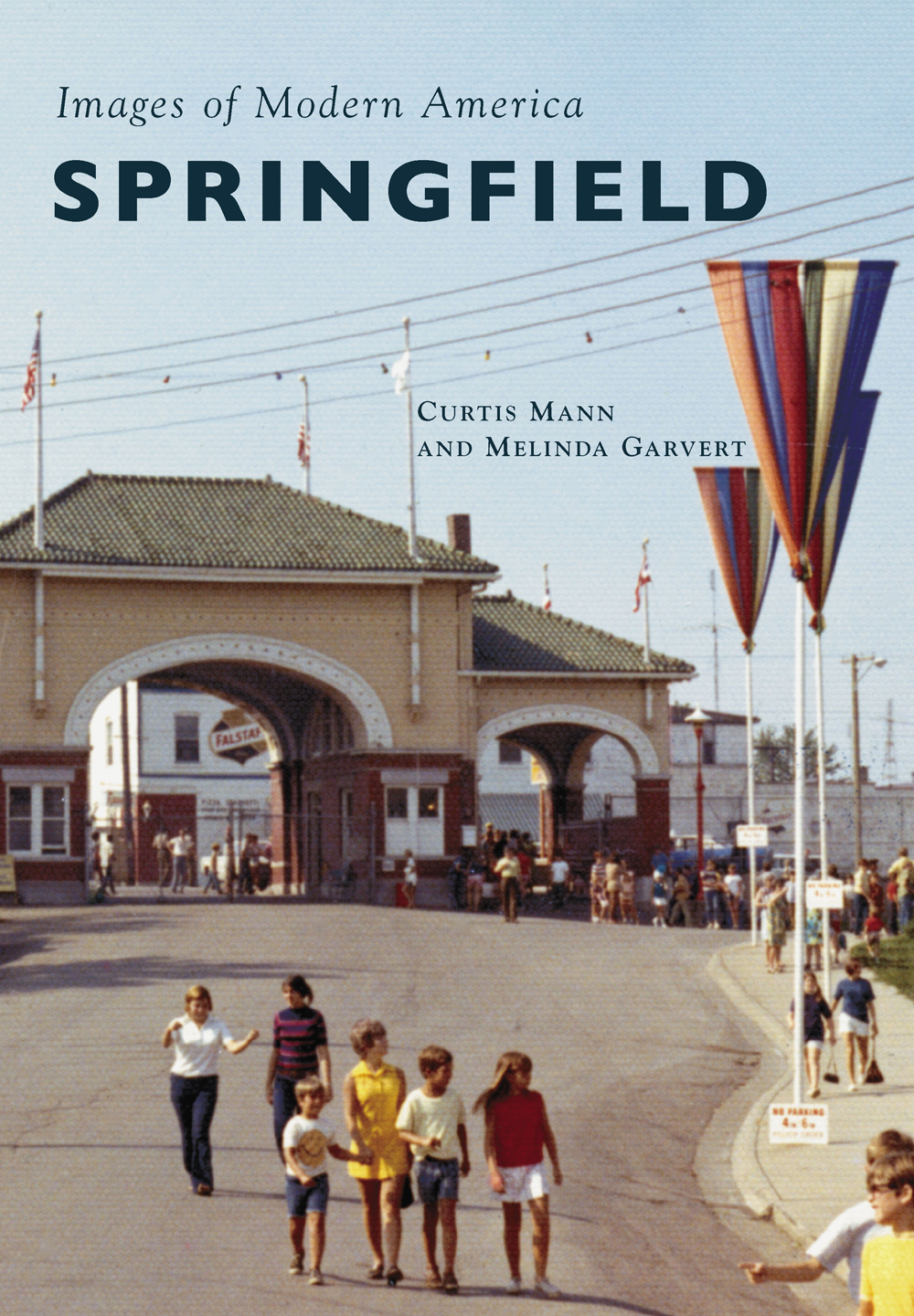
Images of Modern America
SPRINGFIELD

The South Plaza of the Old Capitol Mall has been used as a public space for a variety of purposes, including art shows, concerts, and farmers markets. Food vendors found the plaza a good site for business on average days when downtown city workers would congregate on their lunch break or on weekends when tourists visited the Lincoln sites. (Sangamon Valley Collection.)
FRONT COVER: People coming through the main gate at the 1971 Illinois State Fair (Sangamon Valley Collection)
UPPER BACK COVER: Eighth Street Mall and Bridge (Sangamon Valley Collection; see )
LOWER BACK COVER (from left to right): Rally at the statehouse (Sangamon Valley Collection; see ), Lincoln Monument (Sangamon Valley Collection), Intersection of Sixth and Washington Streets (Sangamon Valley Collection)
Images of Modern America
SPRINGFIELD
CURTIS MANN AND MELINDA GARVERT

Copyright 2017 by Curtis Mann and Melinda Garvert
ISBN 978-1-4671-2423-2
Ebook ISBN 9781439659137
Published by Arcadia Publishing
Charleston, South Carolina
Library of Congress Control Number: 2016939021
For all general information, please contact Arcadia Publishing:
Telephone 843-853-2070
Fax 843-853-0044
E-mail
For customer service and orders:
Toll-Free 1-888-313-2665
Visit us on the Internet at www.arcadiapublishing.com
CONTENTS
ACKNOWLEDGMENTS
All the images used in this book were provided by the Sangamon Valley Collection (SVC) at Lincoln Library, Springfields public library. The SVC has an incredible collection of photographs that give details about life in the city of Springfield and surrounding area. Most of these images have been acquired by the SVC through generous donations. The authors would like to thank all of the amateur photographers who took the majority of the images found in this work. The slides they donated to the SVC made this book possible.
INTRODUCTION
Telling the rich and colorful history of a community like Springfield for a 20-year period in just 95 pages is a difficult task in itself. Limited to the photographs available and the space for captions allowed, we have chosen those that best illustrate trends in the 1960s and 1970s. Some are related to the increase in population that followed World War II, others were influenced by a positive economy followed by an energy crisis, and many deal with the impact that the automobile had on America. Photographs with a clear copyright were not always available to represent some of the significant social issues of the time: school busing for desegregation, housing for the elderly and low-income families, equal pay and equal rights. That does not make those issues any less important.
Our subtle theme is the changing environment, changes that were quite dramatic when compared with other eras. We encourage our readers to be viewers, as the pictures tell much more than the captions, showing details such as fashion, car styles, and architecture that were part of the time period.
The city of Springfield has been in transition from its very beginning. Like ripples from a pebble thrown in a pond, the change begins in the center, the downtown area, and works its way out farther and farther. The natural changes as a city grows are the transformation of farmland and timberland into residential and manufacturing areas and, in our case, the introduction of coal mining. For the most part, there were no formal plans as to how the citys growth would be directed and controlled. Through the economic ups and downs of the first half of the 20th century, Springfield grew steadily in population and in its physical boundaries. After World War II, a booming population brought municipal officials to the realization of the need for city planningplanning that controlled through ordinances what could be built and where it should be built, along with planning that addressed social issues and needs, preservation of our heritage, and civic pride.
While Springfield continued to expand outwardly in this time period, great changes were being made that affected the downtown area as shopping, banking, and health care developed into like districts. As the Illinois state capital, tourism has long been a part of Springfields history; more importantly, it was also the home town of Abraham Lincoln. Visitors have been coming to see Lincolns home and tomb since Civil War times. Tourism and historic preservation go hand in hand in Springfield, especially when the sites being preserved involve Lincoln. A new awareness of the economic impacts of tourism in this period brought both state and federal government participation in preserving the legacy of Lincoln. The state stepped in and reconstructed the Old State Capitol site, while the federal government created the Lincoln Home National Historic Site.
In the area of education, Springfield experienced the introduction of new institutions of higher education, including Sangamon State University, Lincoln Land Community College, and Southern Illinois University School of Medicine, while at the same time losing Concordia Theological Seminary. Longtime institutions like the Lincoln Library, State Historical Library, and Illinois State Museum received new facilities with more space to better serve the needs of their patrons. The same could be said for the Springfield Public School District with the addition of a new high school and elementary schools. The nature education movement became easier to teach with the introduction of the Nature Center at the Lincoln Memorial Gardens and the creation of the Henson Robinson Childrens Zoo.
From the Illinois State Fair to cultural events and sports, Springfield has had a wide variety of activities and places to entertain its residents and visitors. Old venues such as the Illinois State Armory and the Orpheum Theater changed as one declined in use due to a new convention center, while the other yielded to a new drive-up bank facility.
The images in this book are intended to give a glimpse into what is now a significant period in the history of Springfield, showing economic, physical, and cultural trends that are related on many levels.
One
TOURISM AND
HISTORIC PRESERVATION
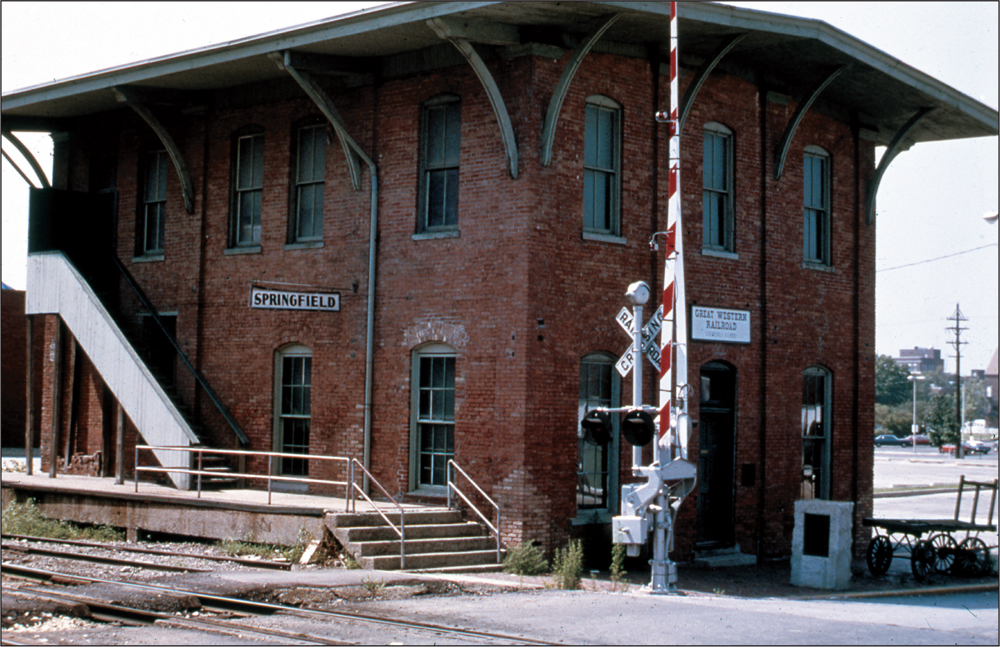
The Great Western Depot, also called the Lincoln Depot, was restored by a group of individuals who wanted to prevent its demolition. This was the railroad depot from which president-elect Abraham Lincoln gave his famed Farewell Address before leaving for Washington, DC, to take office. That speech, it has been said, equals the Gettysburg Address in eloquence. Over the years, the original building was enlarged to two stories and used for freight storage. The group of preservationists led by Joseph Gibbs, Don Adams, and Bill Cellini restored the historic first floor and opened the building for tours in 1965.

It was obvious to James E. and Edith Myers, Robert and Carolyn Oxtoby, and H.B. and Susan Bartholf that restoration of the only remaining law offices of Abraham Lincoln needed to be pursued. Located on the southwest corner of Sixth and Adams Streets, the group returned the second-floor federal courtrooms and the third-floor law offices to their preCivil War appearances.
Next pageFont size:
Interval:
Bookmark:
Similar books «Springfield»
Look at similar books to Springfield. We have selected literature similar in name and meaning in the hope of providing readers with more options to find new, interesting, not yet read works.
Discussion, reviews of the book Springfield and just readers' own opinions. Leave your comments, write what you think about the work, its meaning or the main characters. Specify what exactly you liked and what you didn't like, and why you think so.

